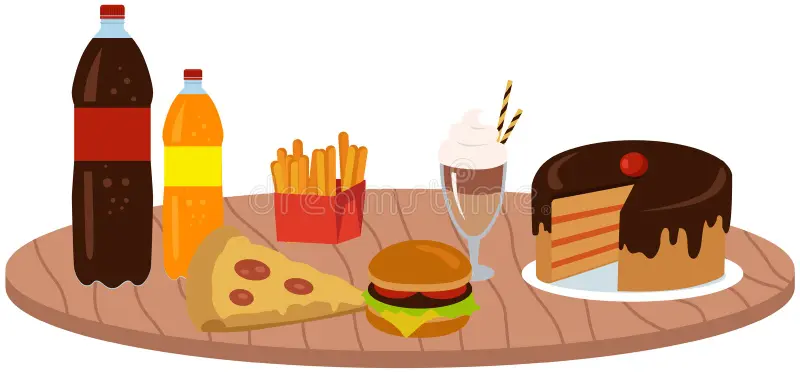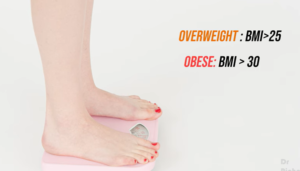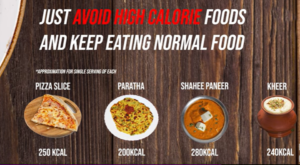Understanding Weight Loss: A Practical and Science-Based Guide
Almost everyone wants to maintain a healthy body weight. No one willingly chooses to be overweight or obese. Yet, many people struggle with their weight and feel that shedding the extra kilos is an overwhelming task—one that requires intense workouts and strict dieting. But in reality, science shows that weight loss doesn’t have to be complicated.
With some small, consistent changes to your lifestyle, you can lose weight and improve your overall health. Let’s explore what causes weight gain and how you can lose weight effectively and sustainably.

Why Do We Gain Weight?
A Global Epidemic
Obesity has become a worldwide public health issue. According to the World Health Organization, more people now die due to being overweight than from being underweight. Why is this happening?
The main reason is the modern urban lifestyle—a major imbalance between calorie intake and energy expenditure.
High-Calorie Foods Are Too Accessible
We live in an era of food delivery apps and fast food chains. Within minutes, you can have a calorie-loaded burger, fries, or a sugary soda delivered right to your door. The problem? These foods are incredibly high in calories, but very low in nutritional value.
Sedentary Lifestyle
Alongside our easy access to food, we’re also moving less. Many of us work desk jobs, drive instead of walk, and spend evenings sitting in front of screens. This lack of physical activity means we’re burning far fewer calories than we’re consuming. Over time, the excess gets stored as body fat.
Who Should Consider Losing Weight?
If you’re wondering whether weight loss is necessary for you, here are two indicators:

Waist Circumference
-
Men with a waist over 102 cm (40 inches)
-
Women with a waist over 88 cm (35 inches)
Such waist sizes are associated with higher risks of heart disease, diabetes, and high blood pressure.
Body Mass Index (BMI)
-
Overweight: BMI greater than 25
-
Obese: BMI greater than 30
How to calculate BMI:
BMI = Weight (kg) / Height² (m²)
Even if you reduce just 5% of your body weight, studies show it can significantly lower your risk of chronic illnesses.
The Three Pillars of Weight Loss



To successfully lose weight, focus on these three components:
-
Physical Exercise
-
Dietary Changes
-
Behavioral Modification
1. Physical Activity: Move to Lose
You don’t need to hit the gym every day. A simple brisk walk for 20–30 minutes daily is enough to begin your weight loss journey.
How Much Is Enough?
Aim for 150–180 minutes of moderate-to-intense aerobic exercise per week. If you can’t do it all at once, break it up into smaller sessions throughout the day.
Recommended pace: 3–4.5 mph (5–7 km/h)
Even this small routine can help reduce weight if maintained consistently.
2. Dietary Changes: Eat Smart, Not Less
Weight loss is 70% about diet and 30% about exercise. You don’t need to starve yourself—you just need to create a calorie deficit of 500 to 750 kcal per day.
Daily Calorie Intake
-
Men: 1500–1800 kcal/day
-
Women: 1200–1500 kcal/day
This amount is sufficient to keep you full while still allowing weight loss.
Cut the Junk, Keep the Nutrition

To create a calorie deficit:
-
Reduce simple carbohydrates like white bread, pasta, and sugar.
-
Avoid high-fat foods like deep-fried items and excess oil.
-
Switch parathas for chapatis (1 paratha = 150–200 kcal; 1 chapati = 70 kcal).
-
Avoid gravy-rich dishes, as they often carry 250–300 extra kcal.
-
Replace snacks like chips or aloo bhujia with fruit salads or vegetable soups.
Did you know?
100g of aloo bhujia contains 500+ kcal, which takes nearly 1 hour of running or 2.5 hours of walking to burn off.
Watch the Sugar

-
Avoid cold drinks and sugary beverages (1 glass = ~150 kcal).
-
Opt for lemon water, buttermilk, or coconut water instead.
Control Portion Sizes
The moment you feel full, stop eating. Overeating—even healthy food—can break your calorie balance.
3. Behavioral Modification: Change the Mindset
This is perhaps the most powerful pillar of weight loss.
Step 1: Acknowledge the Problem
Accepting that you’re overweight is the first step toward fixing it. Avoid the trap of “I’ll start tomorrow.” Start now.
Step 2: Identify the Triggers
Ask yourself:
-
Do I eat when I’m bored?
-
Do I snack while watching TV?
-
Do I frequently order food from outside?
-
Am I storing high-calorie snacks at home?
Be honest and start eliminating the triggers. Clear your kitchen of junk food and only keep healthy options.
Step 3: Control Emotional Eating
Stop eating just because you’re anxious, sad, or stressed. Stick to regular meal times and avoid mindless munching.
Step 4: Modify Cooking Methods
Use minimal oil, prefer steamed or grilled foods, and avoid heavy gravies.
The Power of Monitoring



To make real progress, you must track your habits.
1. Monitor Your Weight Weekly
Consistent tracking shows you where you stand and how effective your plan is. You should see a gradual reduction of 0.5–1 kg per week.
2. Track Your Exercise
Maintain a log of your daily activity—whether it’s walking, yoga, or cycling.
3. Track Your Calories
Use a calorie-tracking app or journal to ensure you’re meeting your daily goals.
Realistic Weight Loss Expectations
With consistent efforts:
-
A calorie deficit of 500–750 kcal/day
-
A daily brisk walk for 20–30 minutes
-
Minor behavior and diet changes
You can expect to lose around 8–10 kg in 6 months, which is a healthy and sustainable rate.
Tips to Stay Motivated
-
Set realistic, short-term goals
-
Celebrate non-scale victories (like better sleep or fitting into old clothes)
-
Surround yourself with supportive friends or family
-
Don’t punish yourself for small setbacks—get back on track
Conclusion: Weight Loss is Simpler Than You Think
Maintaining a healthy weight isn’t about crash diets or hours in the gym. It’s about small, sustainable changes that you can carry for a lifetime.
Remember, you don’t need to starve or overwork your body. Just eat smart, stay active, and track your habits.
Even by following these basic rules:
-
Create a 500–750 kcal deficit
-
Walk briskly 20–30 minutes a day
-
Make mindful food choices
-
Monitor your progress weekly
You’ll be well on your way to achieving and maintaining a healthy weight. Let today be your Day 1—not “One Day.”